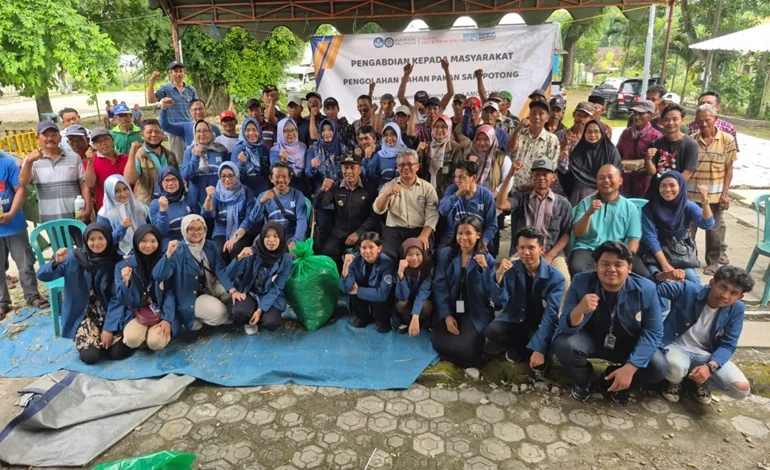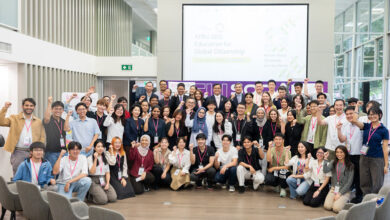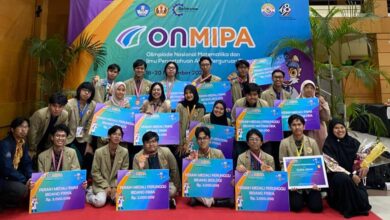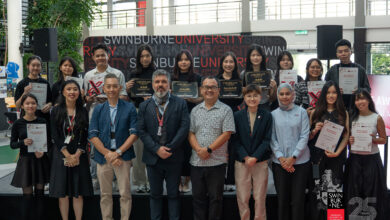UNAIR’s BBK Improves Cattle Feed Processing Techniques in Slaharwotan Village, Lamongan

Slaharwotan Village, located in Ngimbang Subdistrict, Lamongan Regency, East Java, has emerged as a significant hub for cattle farming, particularly known for beef cattle raising. With a population of approximately 800 cattle, the village has launched an initiative aimed at utilizing agricultural waste, such as corn stalks, to enhance cattle feed production. This effort seeks to improve feed efficiency and promote sustainable farming practices within the local farming community.
The initiative is led by the Faculty of Veterinary Medicine (FKH) at Universitas Airlangga (UNAIR), directed by Dr. Emy Koestanti Sabdoningrum. The program has involved contributions from several faculty members, including Prof. M. Anam Al Arief, Prof. Dr. Widya Paramita L, and Prof. Dr. Sri Hidanah, along with participation from five students.
Training in Modern Feed Processing Techniques
The initiative primarily focuses on training local cattle farmers in contemporary feed processing technologies, including silage production and fermentation techniques. These methods enable farmers to transform locally available materials, such as Pakchong grass and rice bran, into nutrient-rich feed with an increased shelf life. The training sessions included lectures from experts like Prof. M. Anam Al Arief, who discussed silage production, and Prof. Dr. Widya Paramita L, who addressed fermentation processes.
By blending educational seminars with practical training, farmers gained valuable hands-on experience in feed preparation. These technological advancements are expected to significantly enhance feed utilization efficiency, particularly during dry seasons when fresh forage availability decreases. Participating farmers reported a substantial improvement in their understanding of effective feed management strategies.
The quality of the produced silage, characterized by its greenish-brown color and fresh aroma, reflects the success of the employed fermentation processes. Additionally, the introduction of agents such as Fermentor BioMC4 has been shown to enhance the nutritional profile of the feed, effectively repurposing agricultural byproducts like corn stalks.
From an economic perspective, the program has revealed potential benefits for local farmers. By adopting these advanced feed technologies, farmers aim to lower inventory costs while increasing livestock productivity. The initiative’s success has prompted discussions about future development projects. Local authorities, including Tri Agus Susanto, the Head of Slaharwotan Village, and Dr. Rahendra from the Lamongan Department of Animal Husbandry and Veterinary Services, have underscored the necessity for ongoing support and mentorship to guarantee the sustainable application of these innovations. This collaborative effort highlights the potential of partnerships between academic institutions, technology, and local communities to create a more competitive and sustainable livestock industry.
(Source: Universitas Airlangga)




